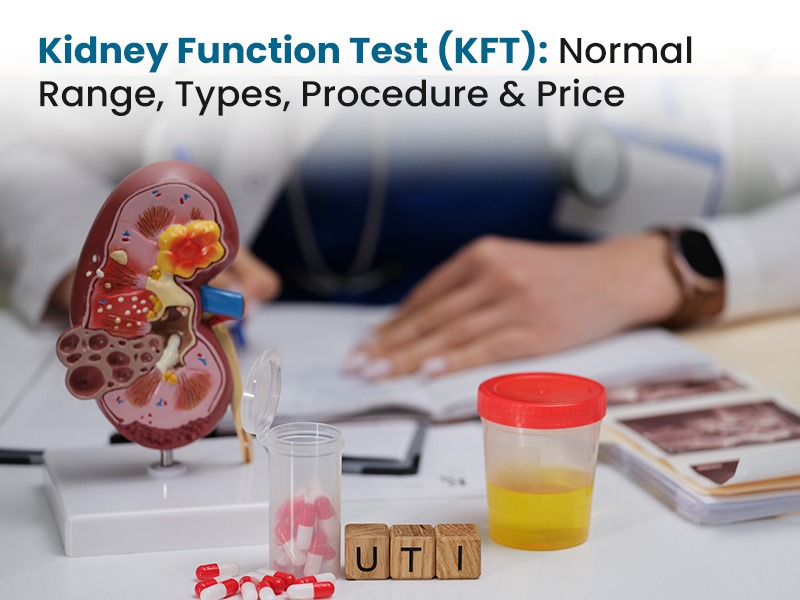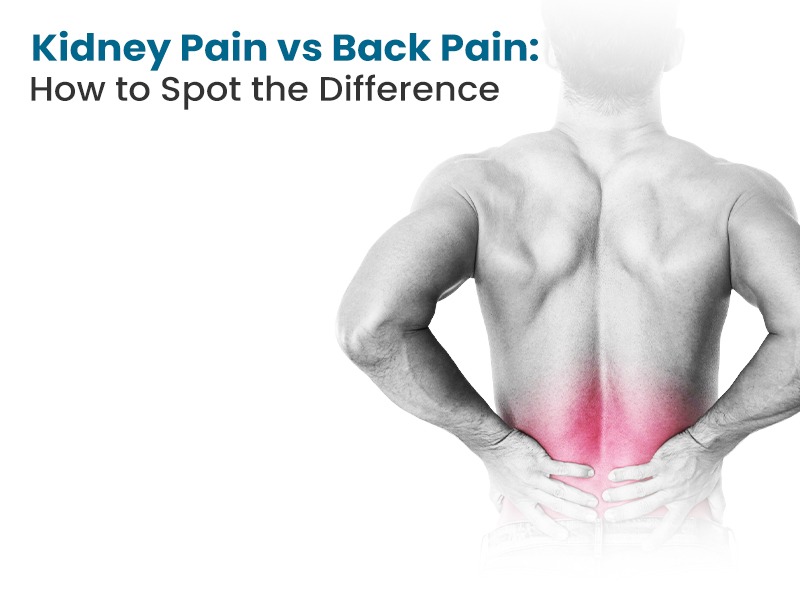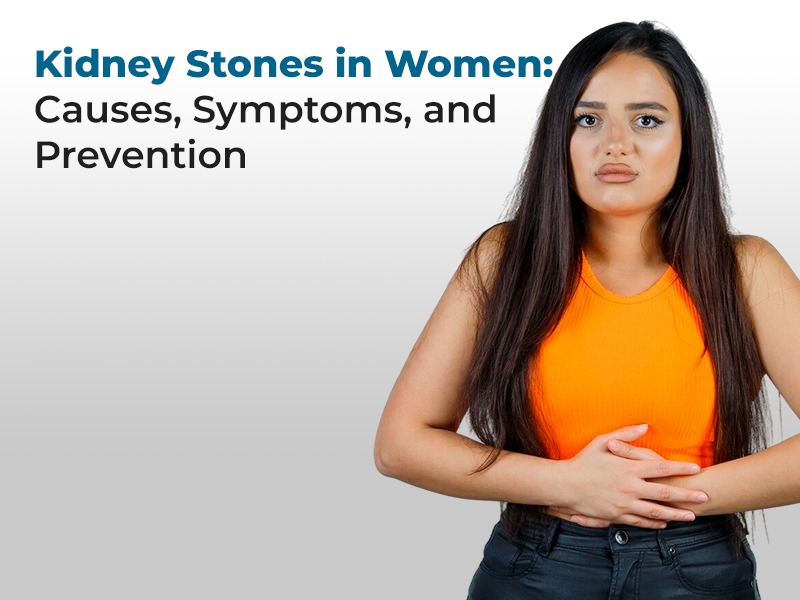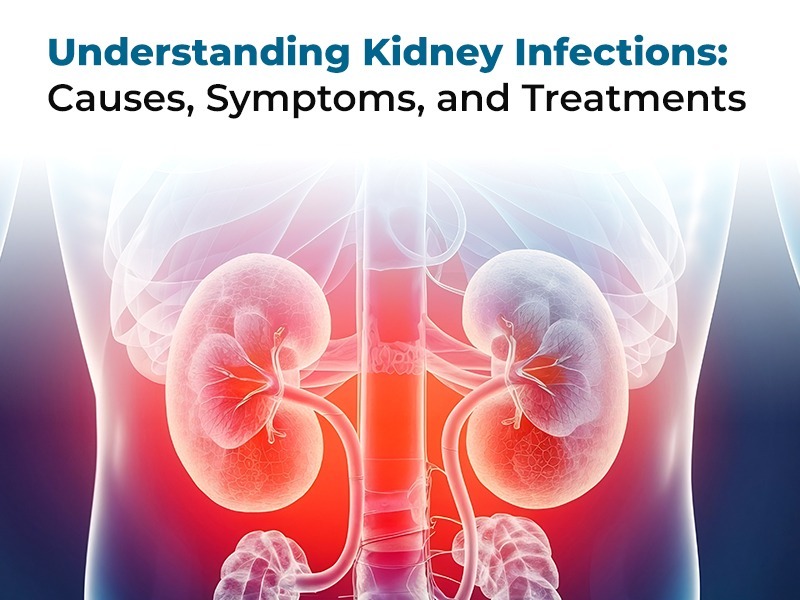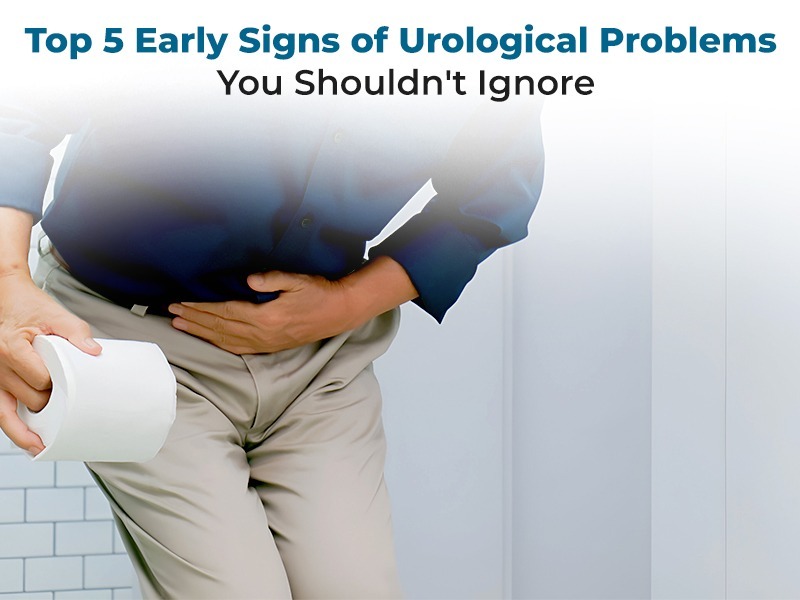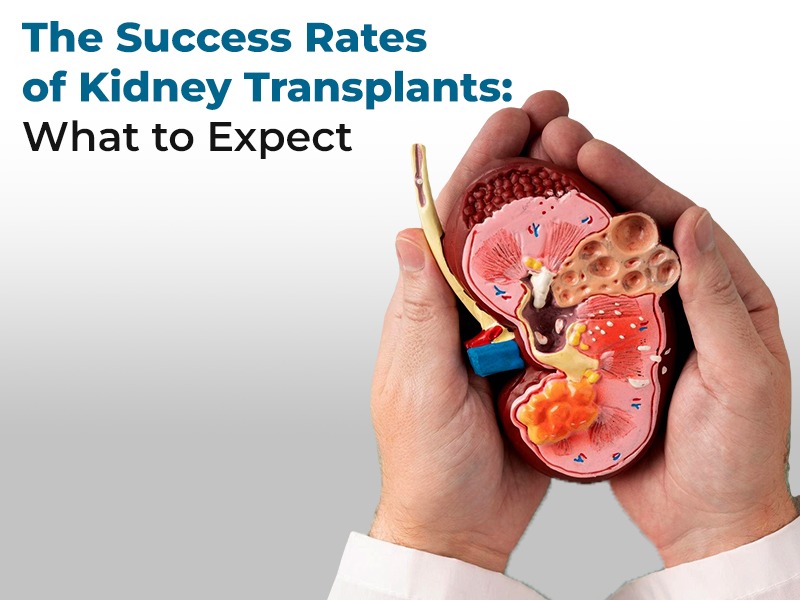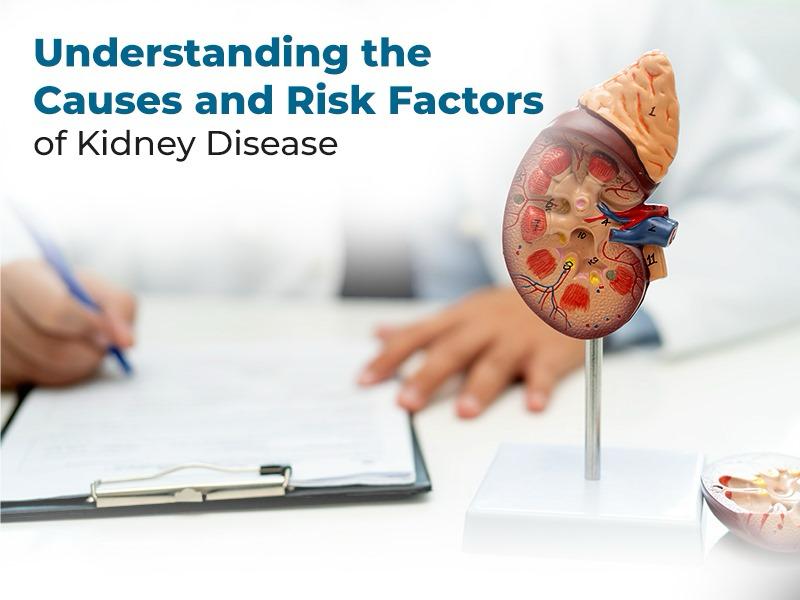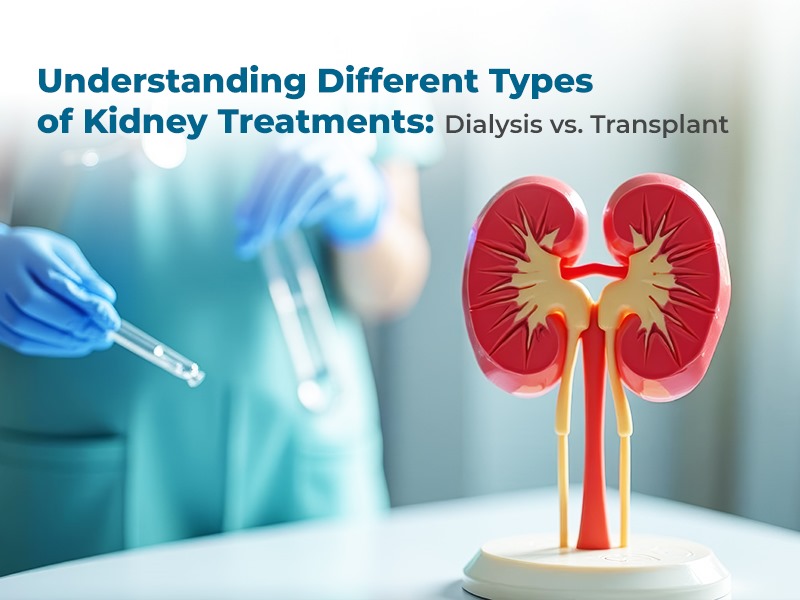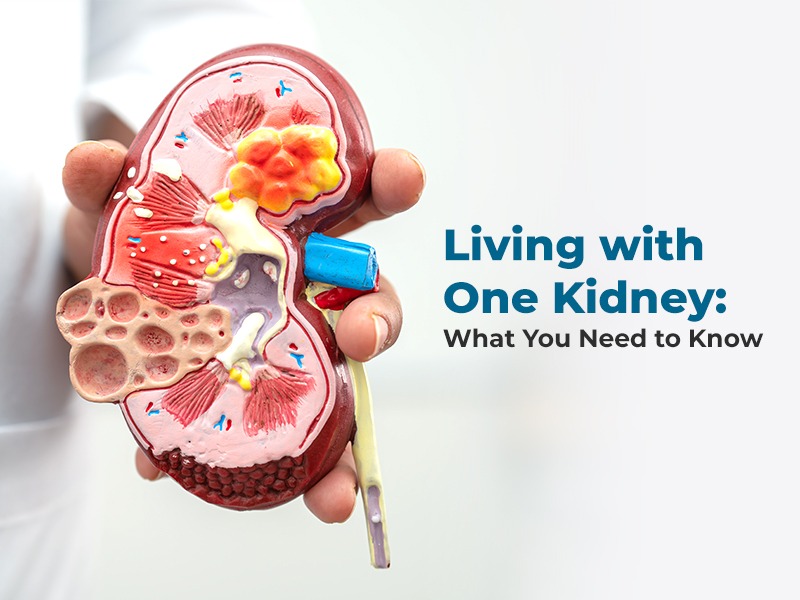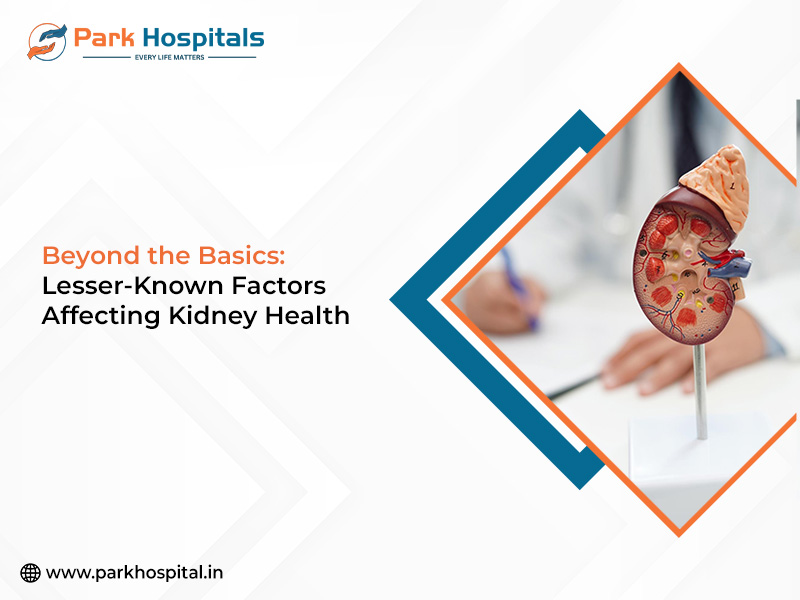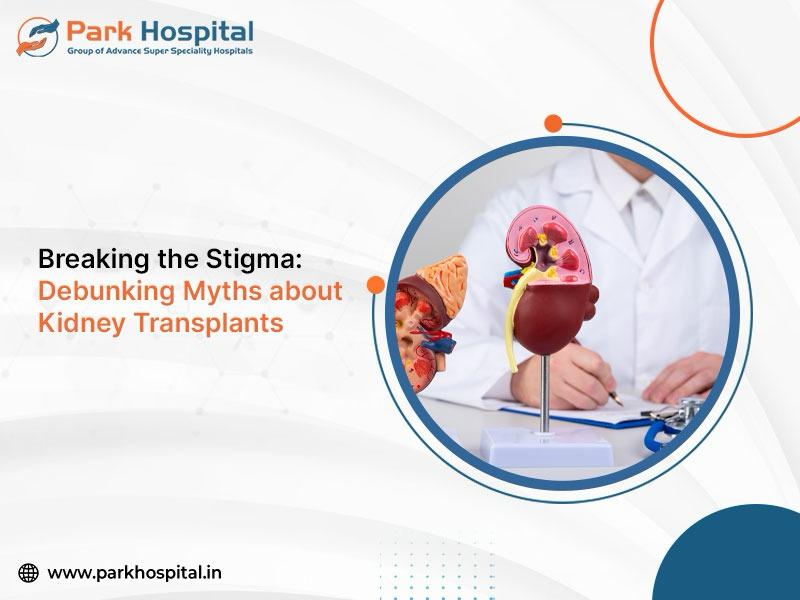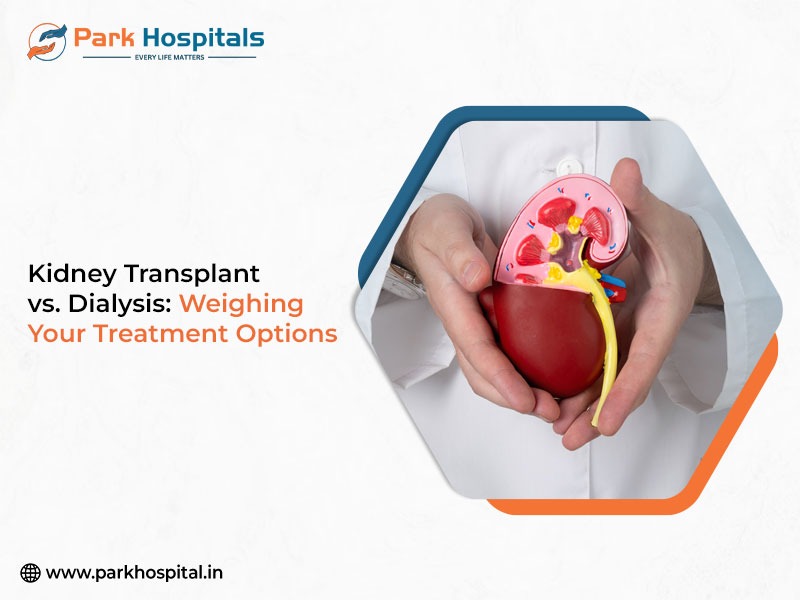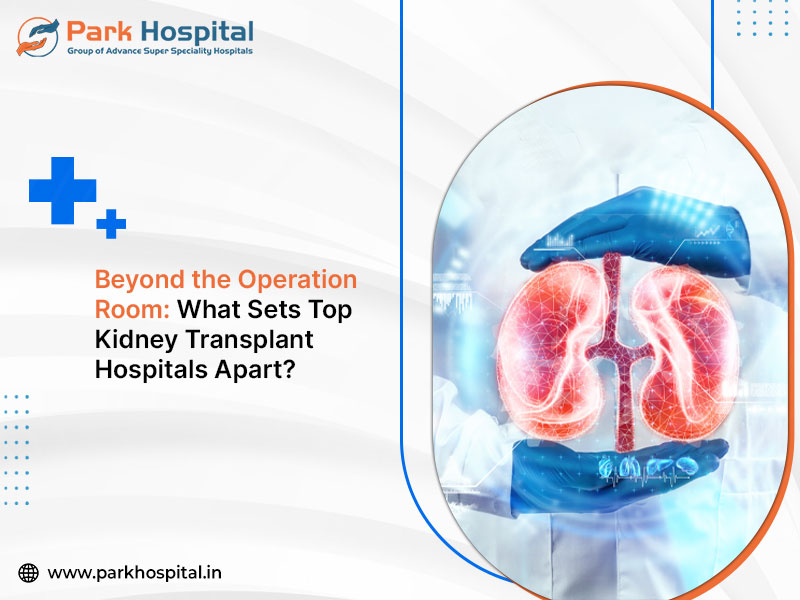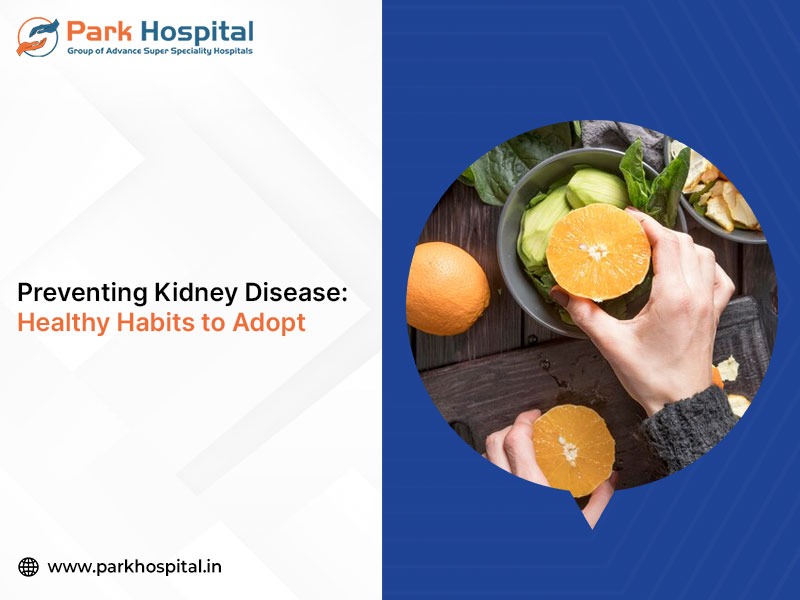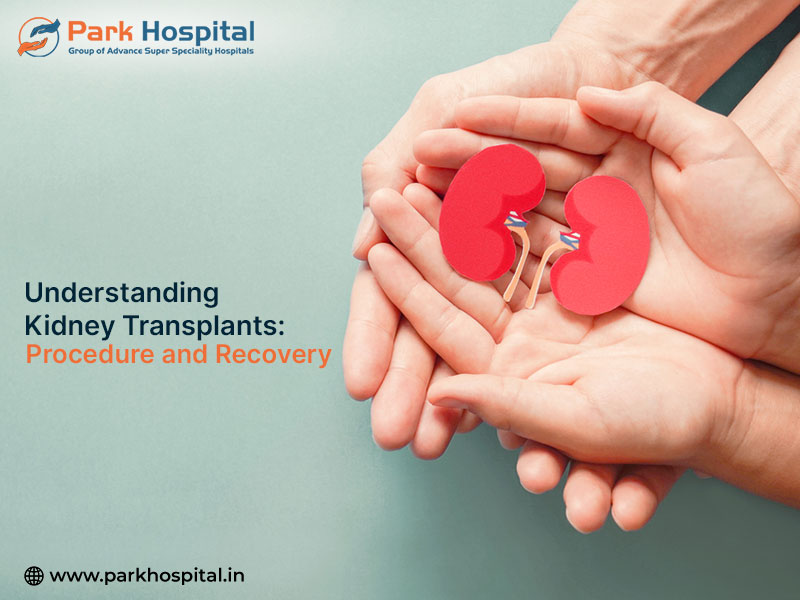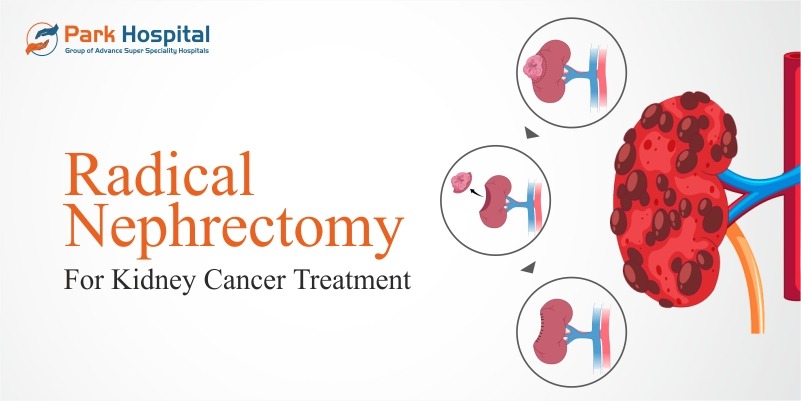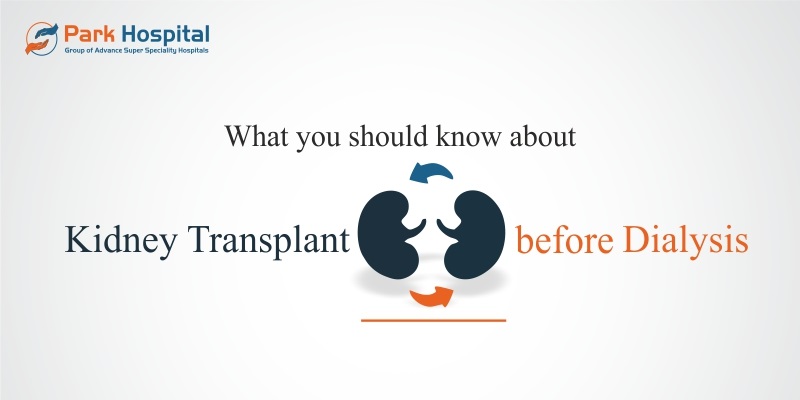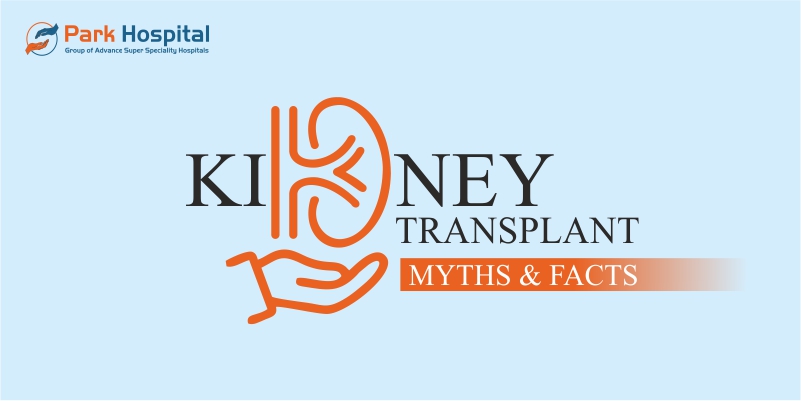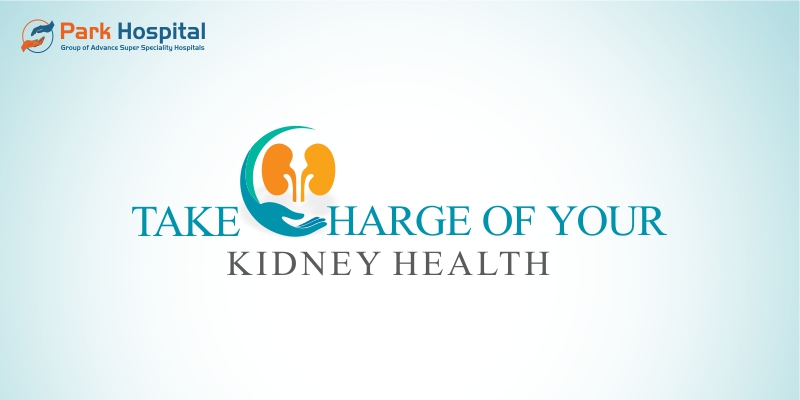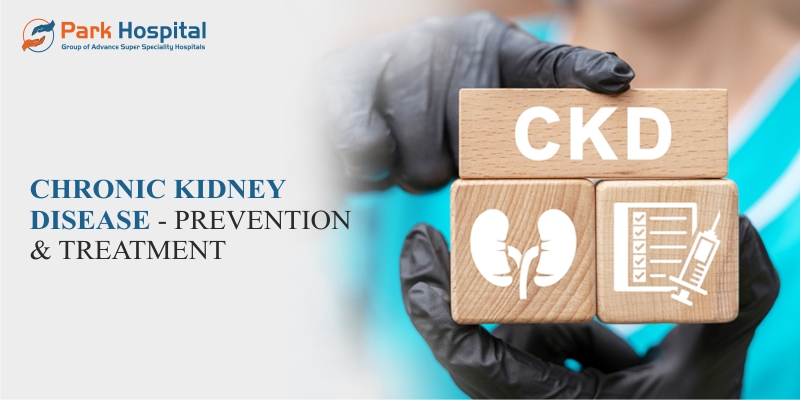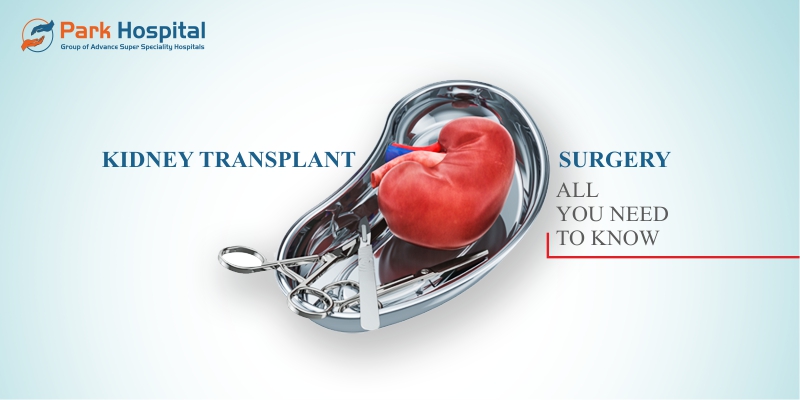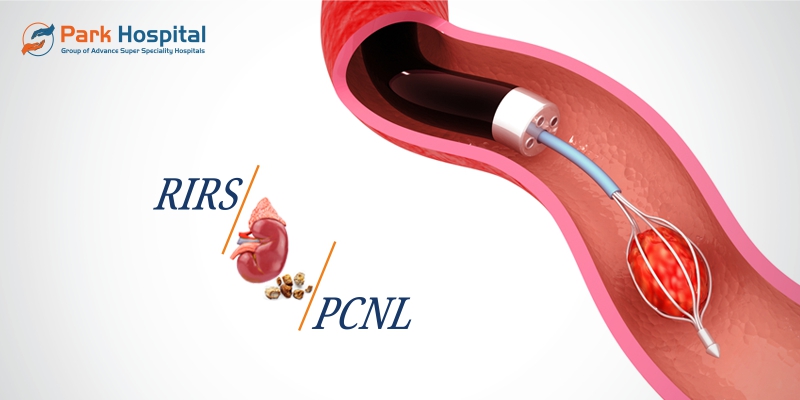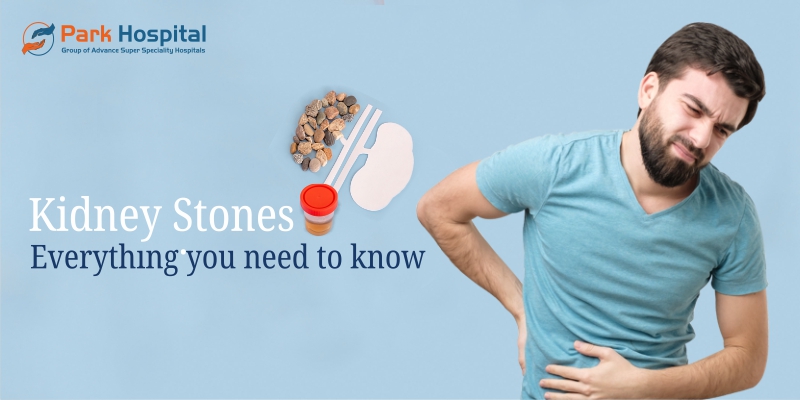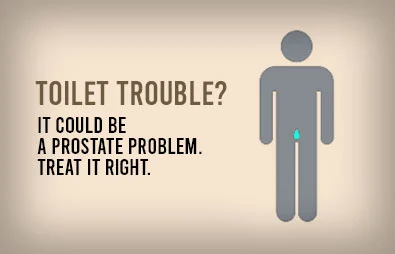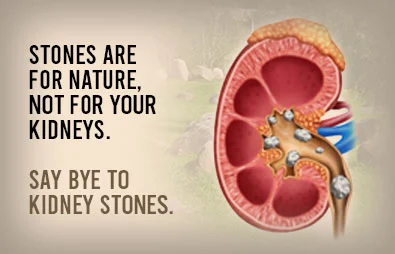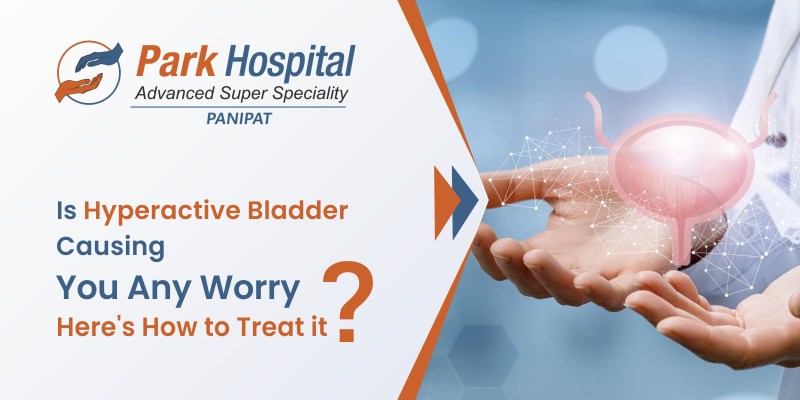While working on your body and the health overall, one checks many pointers, be it the blood pressure, the strain on eyes, body mass index, nutrient deficiency, and many others. Some go for a clinical full body check-up while others focus on some at-home hacks.
irrespective of the method one opts for, they usually miss out one vital part of the body. The two bean-shaped organs, hardly the size of a fist, kidneys are located just below the rib cage which help in creating balance in the body. They filter waste from the blood, regulate blood pressure, support red blood cell production and maintain fluid and electrolyte levels.
The health conditions of a kidney are often stated as the 'silent ones' even at a nephrology hospital. The rationale behind the same is that they develop gradually and without clear warning signs. Take for example, breaking a bone or a heart attack, the symptoms are visible instantly, be it in the form of pain, discomfort or uneasiness.
But, for kidney issues, there are no detectable signs the moment a problem starts. This delay makes early diagnosis and prevention particularly challenging.
Understanding the Kidneys' Role
Each kidney contains about a million filtering units called nephrons. These structures remove waste, toxins and excess fluid from the blood, producing urine as a by-product. The kidneys also help maintain chemical balance by regulating sodium, potassium and calcium, among other electrolytes. They are essential for acid-base regulation, blood pressure control and hormone production, including erythropoietin, which supports red blood cell formation.
When the kidneys are working well, they operate quietly and efficiently. But when their function begins to decline, the effects can ripple across multiple systems in the body.
Chronic Kidney Disease (CKD): The Most Common Culprit
Chronic Kidney Disease is one of the most widespread yet underdiagnosed conditions globally. It refers to a gradual loss of kidney function over time. In the early stages, there may be no symptoms at all. As the disease progresses, waste builds up in the body, leading to symptoms such as fatigue, swelling in the ankles, poor appetite and high blood pressure.
CKD is typically caused by long-term conditions that put stress on the kidneys. The most common ones include diabetes and hypertension. Other than this, the other risk factors include obesity, family history, ageing and smoking.
What makes CKD particularly dangerous is how quietly it can progress. By the time noticeable symptoms appear, significant and often irreversible kidney damage may have already occurred, forcing the individual to make an appointment at a kidney transplant hospital.
Acute Kidney Injury (AKI): Sudden and Serious
Unlike CKD, which develops slowly, Acute Kidney Injury comes on suddenly and often in response to another illness or injury. It can occur after severe dehydration, blood loss, infection or exposure to certain medications or toxins. AKI is common among hospitalised individuals, especially those in intensive care.
Although AKI can be reversed if treated promptly, it can also lead to permanent kidney damage or increase the risk of developing CKD later. Early identification and management are critical to prevent long-term consequences.
Polycystic Kidney Disease: A Genetic Threat
Polycystic Kidney Disease (PKD) is an inherited condition where clusters of cysts develop in the kidneys. These fluid-filled sacs can grow over time and interfere with kidney function. PKD often remains undiagnosed until symptoms such as high blood pressure, back or side pain and blood in the urine emerge.
There is currently no cure for PKD, but early detection can help manage the condition, slow its progression and prevent complications such as kidney failure.
Urinary Tract Infections and Reflux
Repeated or untreated urinary tract infections (UTIs), especially in children or individuals with structural abnormalities, can cause scarring and damage to the kidneys. Vesicoureteral reflux, a condition in which urine flows backwards from the bladder into the kidneys, also poses a risk, particularly in children.
Although these conditions may initially seem minor, if left untreated, they can lead to long-term kidney damage. Proper management and follow-up are essential to protect kidney health.
Symptoms That Often Go Unnoticed
Kidneys have a marvellous ability to compensate for the loss of function, not letting you know that an issue is forming. However, as confirmed by the medical professionals at a nephrology hospital, there are signs to watch for, particularly in those with risk factors like diabetes or high blood pressure:
● Swelling in the feet, ankles or around the eyes
● Changes in urination patterns, such as foamy urine or increased frequency at night
● Fatigue and weakness
● Unexplained nausea or vomiting
● Persistent itching
● Shortness of breath
● High blood pressure that is difficult to control
Why Early Detection Matters
The earlier kidney disease is detected, the better the chances of slowing its progression and avoiding serious complications. Simple blood and urine tests can help identify kidney problems before symptoms arise. A blood test for serum creatinine can be used to estimate kidney function, while a urine test can detect the presence of protein, which is often one of the earliest signs of kidney damage.
If you or your loved one tick any one (or more) boxes from diabetes, hypertension, heart disease or a family history of kidney problems, do not miss regular check-ups.
Lifestyle and Prevention
Many kidney conditions can be prevented or managed through lifestyle choices and regular medical care. Steps to maintain healthy kidneys include:
1. Managing blood sugar and blood pressure
High blood sugar and pressure damage the blood vessels in the kidneys over time. Keeping these under control is one of the most effective ways to reduce the risk of kidney disease.
2. Staying hydrated
Drinking enough water helps the kidneys flush out waste. However, overhydration should be avoided, especially in those with advanced kidney disease.
3. Eating a kidney-friendly diet
One must limit intake of salt, processed foods and high-protein diets which can place additional strain on the kidneys. Focus on whole foods, fruits, vegetables and moderate protein intake.
4. Avoiding overuse of painkillers and certain medications
Non-steroidal anti-inflammatory drugs (NSAIDs) and some antibiotics can be harmful to the kidneys, especially when used excessively.
5. Quitting smoking
Smoking reduces blood flow to the kidneys and increases the risk of kidney cancer.
6. Regular check-ups
People with known risk factors should have regular kidney function tests as part of their routine health check.
If you methodically incorporate such simple yet effective steps in your daily life, you may save yourself from getting into the best kidney transplant hospital in Delhi.
Protect What Works Quietly
The kidneys rarely ask for attention, but they carry out some of the body's most essential tasks. When they begin to fail, the signs may be subtle or entirely absent until the damage is done.
Staying informed, recognising early warning signs, and prioritising routine health checks are small yet powerful steps towards protecting your kidney health. Like many things in life, what works quietly is often what we miss until it is too late. By making kidney care a part of everyday health awareness, we can help prevent these silent conditions from turning into serious complications.
Also Read About:
High and Low Blood Pressure in Young Adults: Should You Be Concerned?


